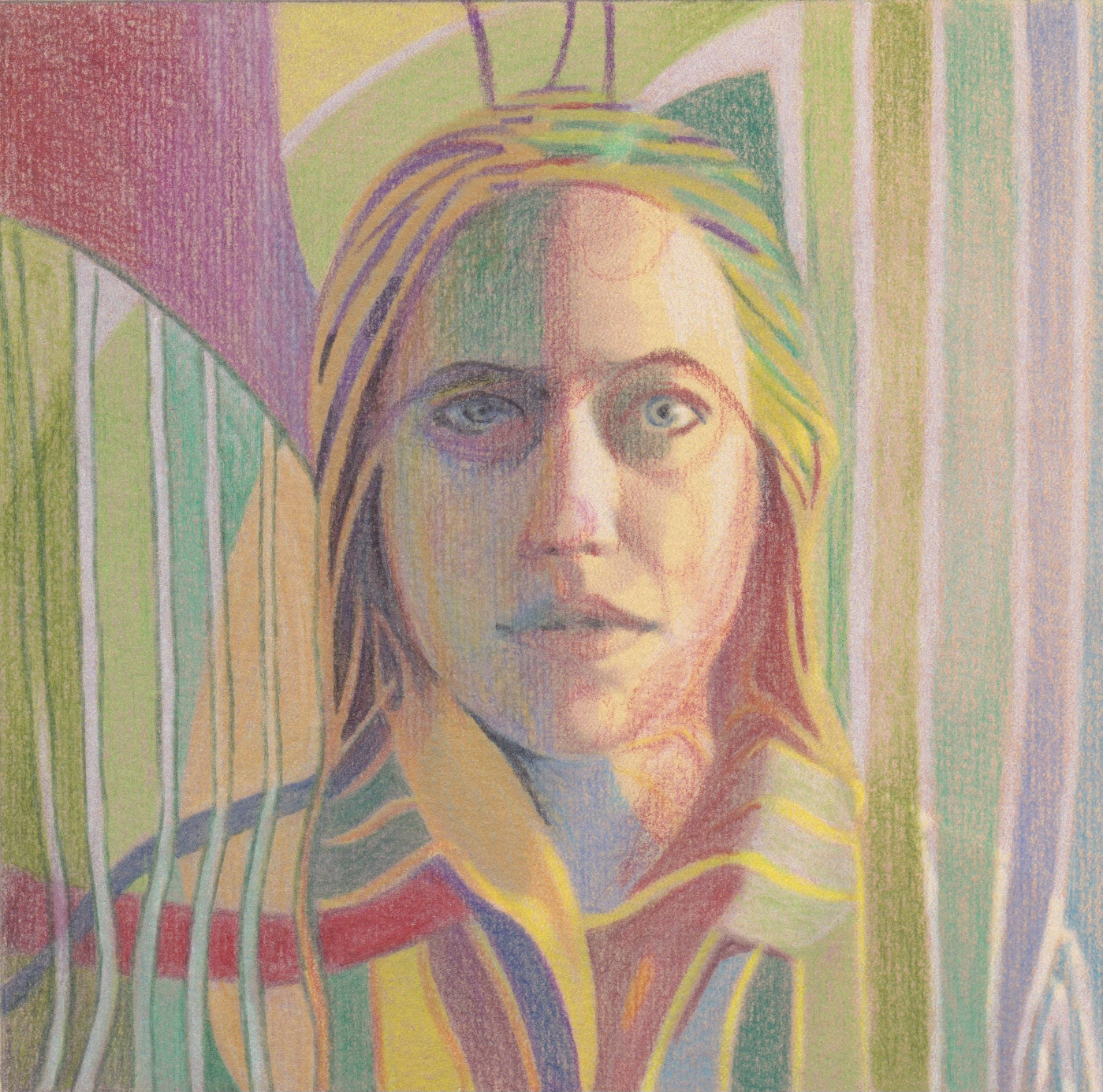Pillars of society
Cattle
About 150 years ago the Dutch society started developing itself around, what they themselves call, pillars. Minor theological and big political disputes in the Protestant Church let to a common practice of separation and segregation. After all, who wants to be a sheep if he can be a shepherd.
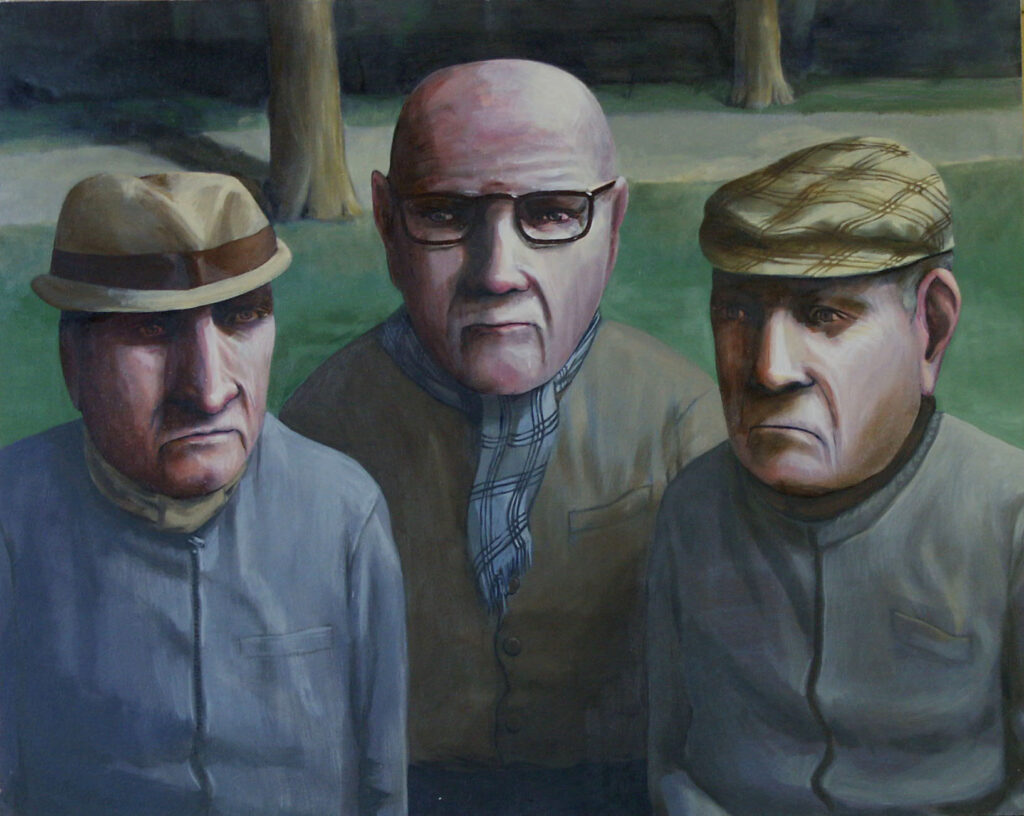
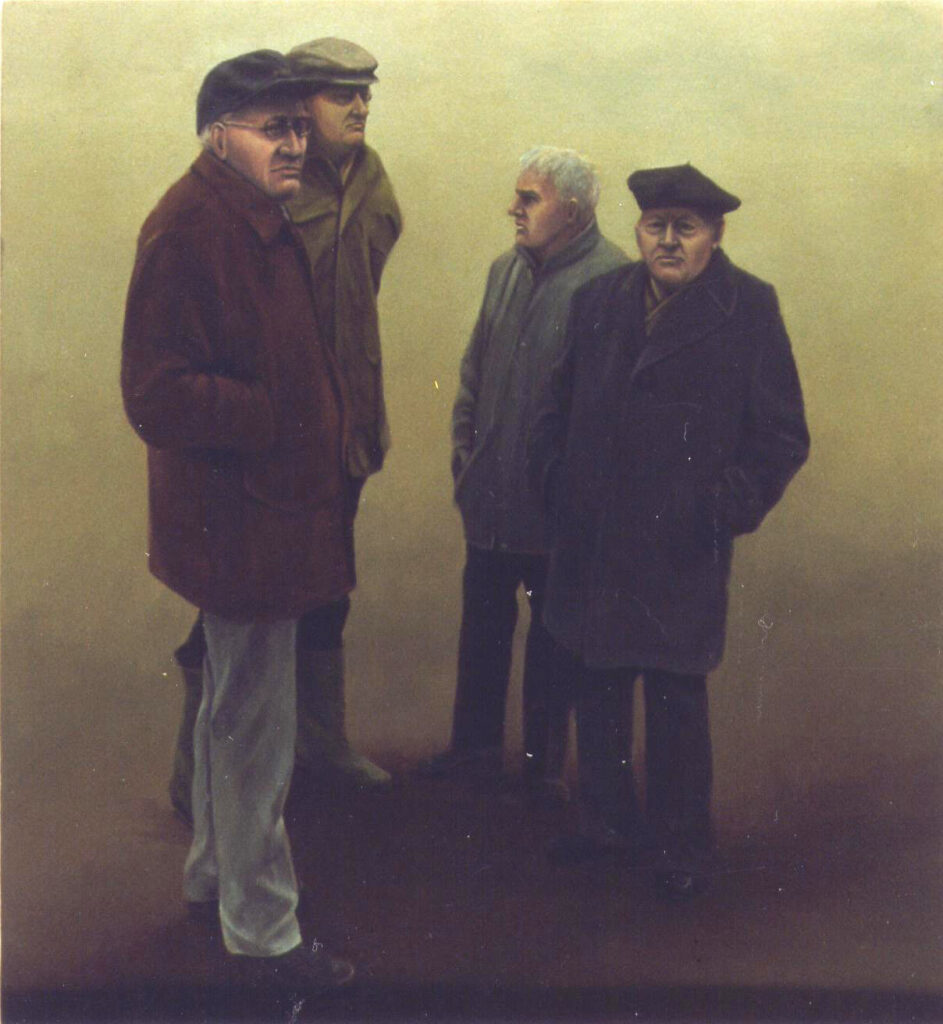
Every religious group had their own communities with their own churches, schools and shops. A group, existing solely of men with means, called the elderlies, democratically decided which pastor they would hire. They chose the theological scholar they thought best to represent and enforce their ideas and opinions. He was suppose to be the architect. His job was to construct out of the many support beams, crossbars and matchsticks the social framework of the community.
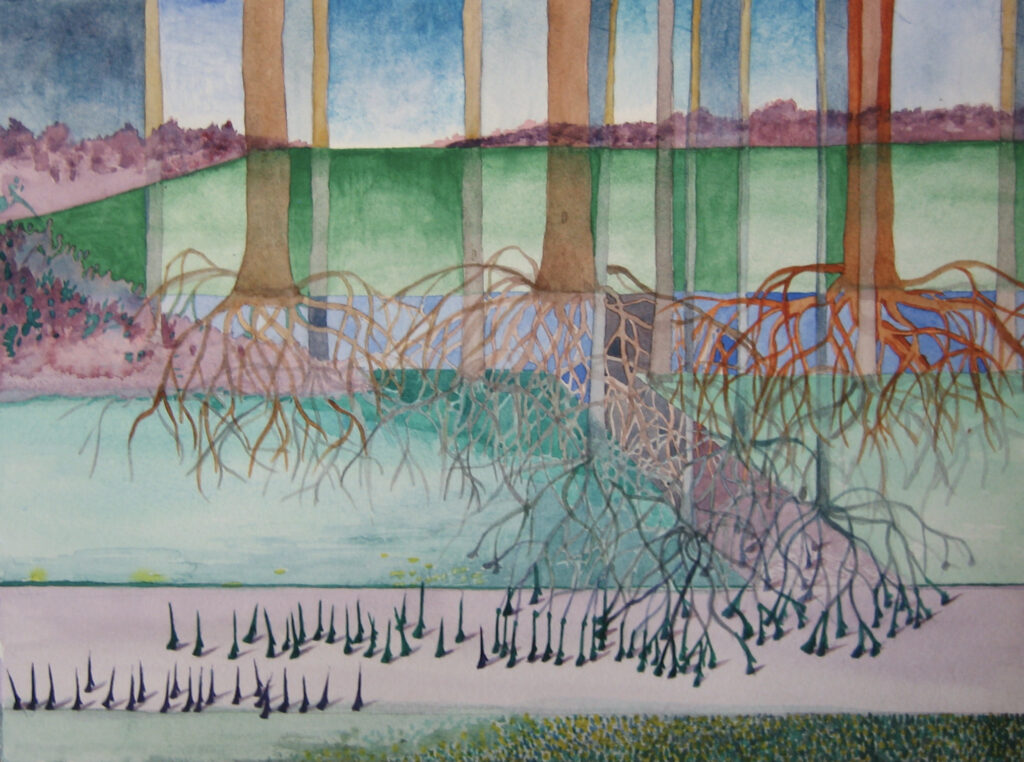
The subjects of the community had little privacy. On Sunday, sometimes twice a day, the preachers shouted from the pulpits about the hell and damnation that awaited the sinners. They formulated the wrongdoings in such a way that everybody knew who was being addressed. The discussed sins covered a large range, from mortal ones to minor transgressions in social behavior. The control and the micromanagement of daily and personal matters left a large imprint on the character of the Dutch and their social and cultural habits.
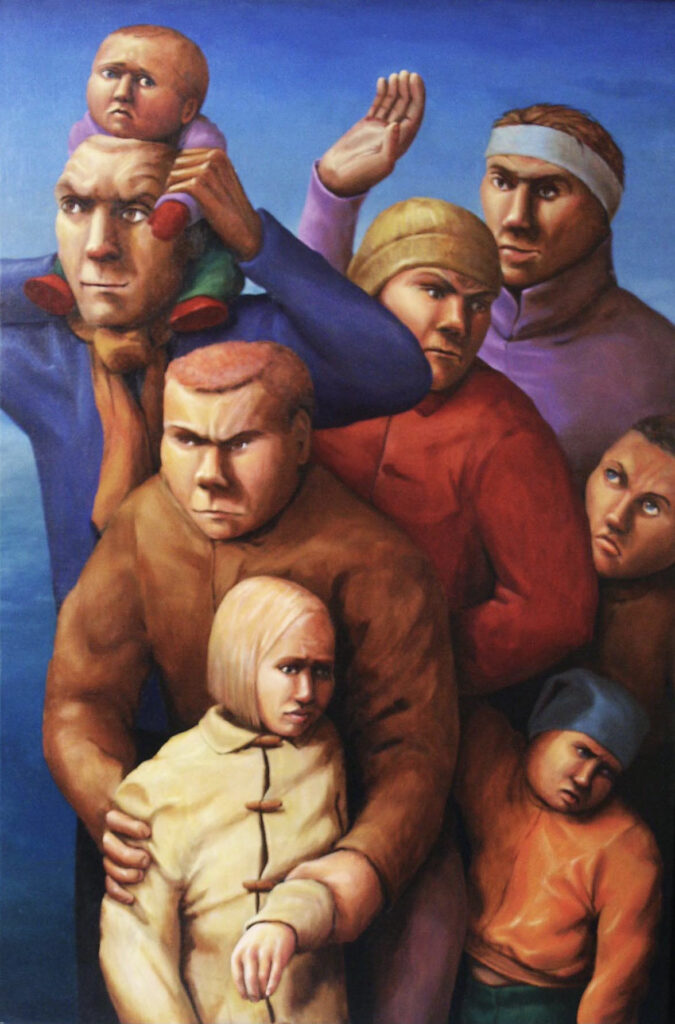
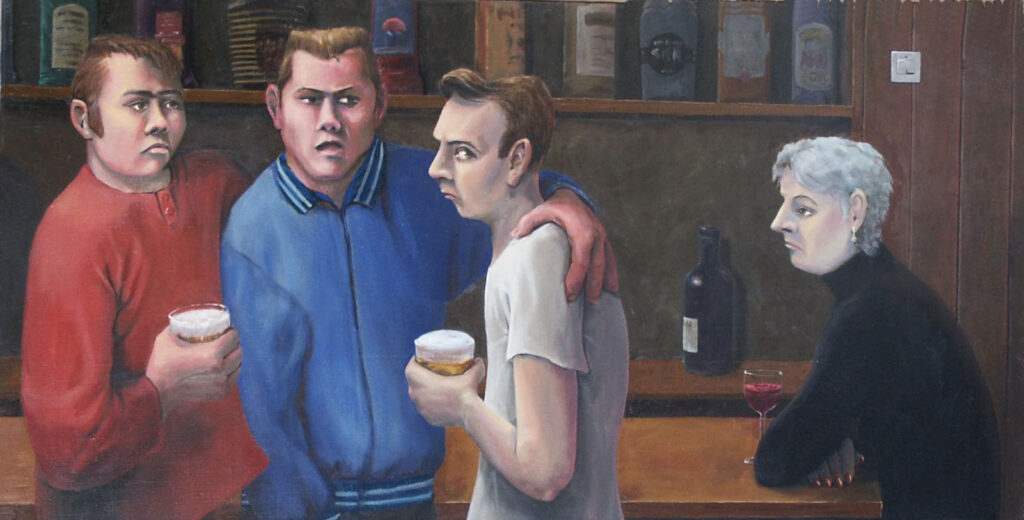
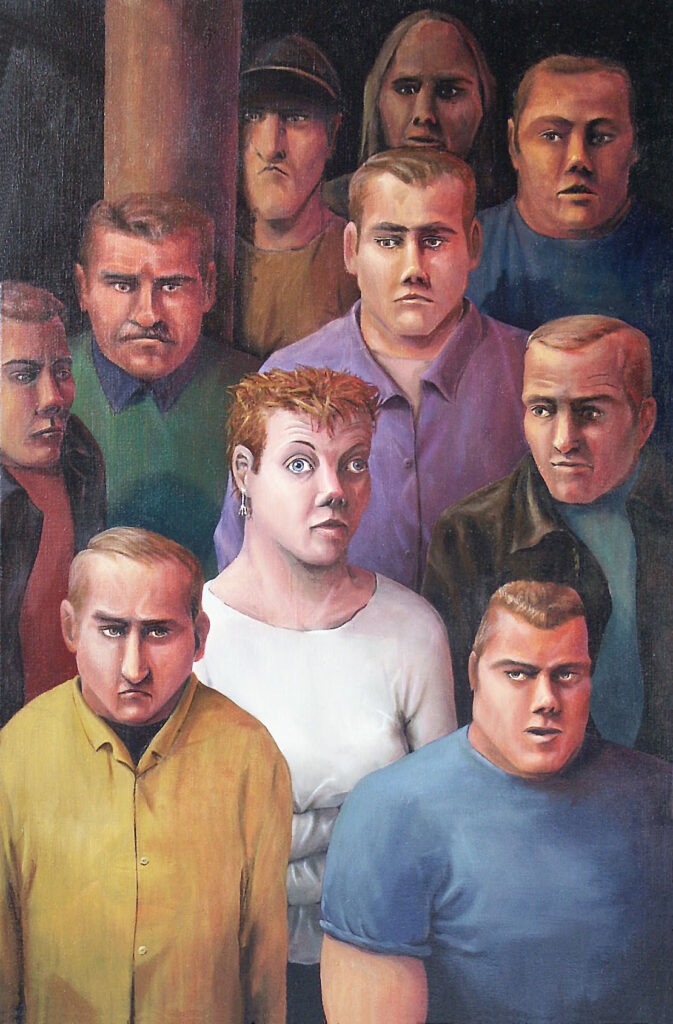
The herd
The bible sometimes describes christians as being the sheep of Jesus Christ, the Good Shepherd. Jesus appears as the guide, the protector and the healer for those who need care and mercy. The allegorical figure of the Good Shepherd was originally based on the pagan representation of a man bringing his lamb for offering to the altar. At the beginning of christianity the figure also came to represent the ‘ram-bearer’ with its connotations of philanthropy and loving care.
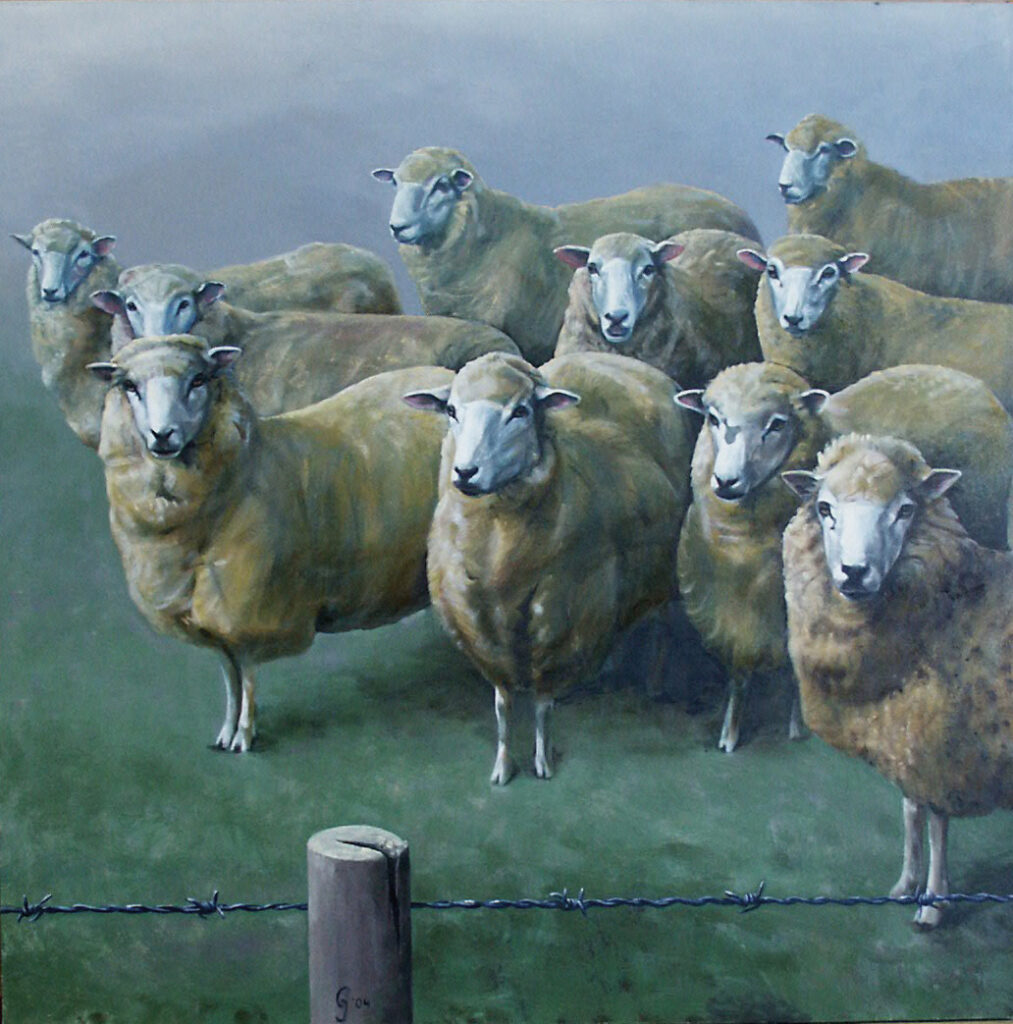
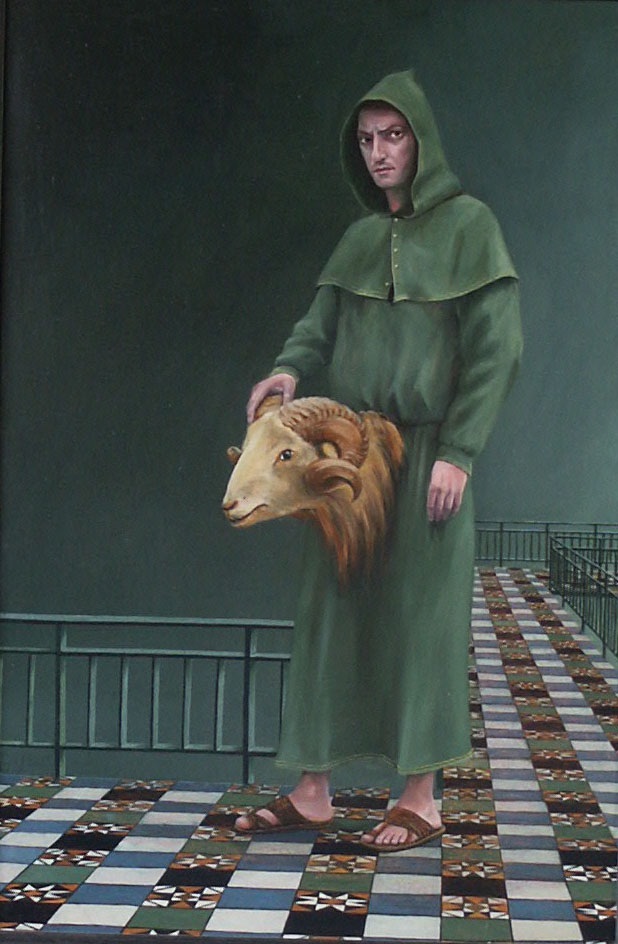
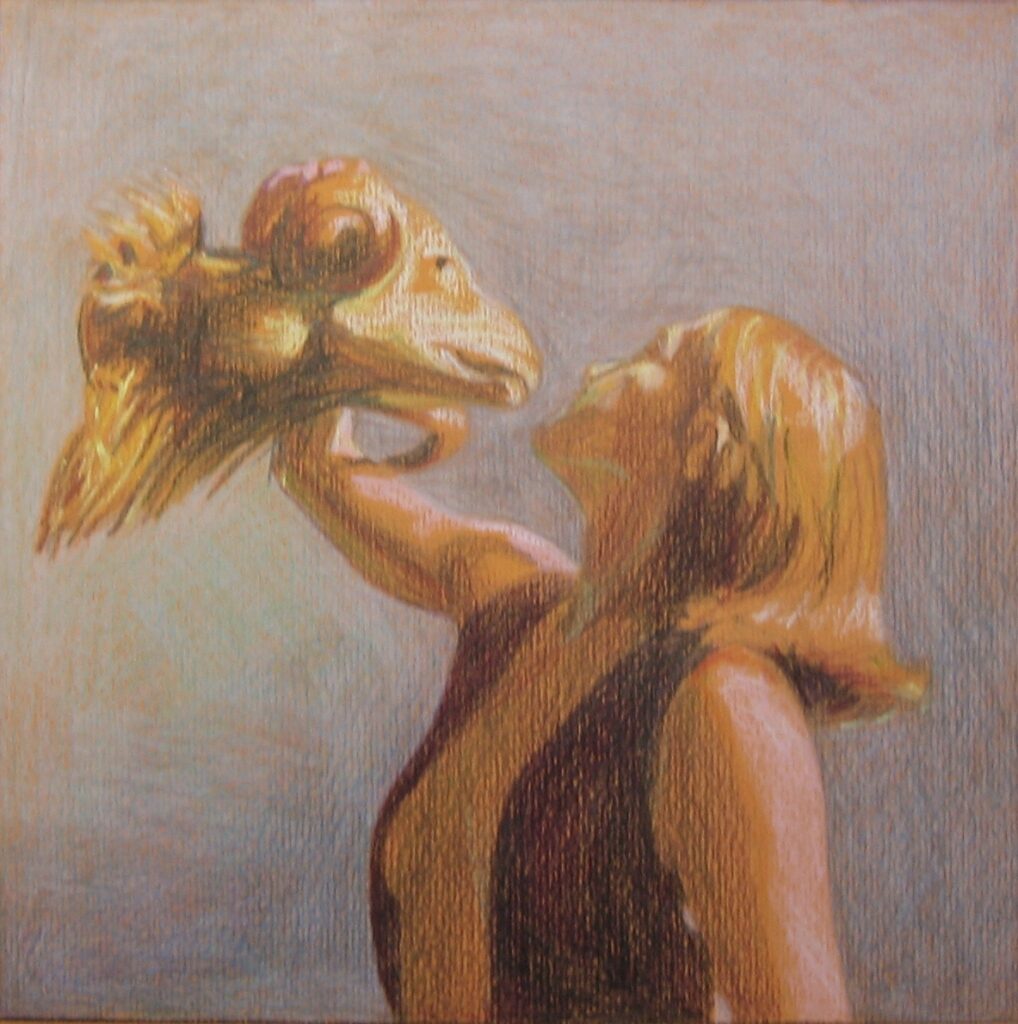
Herds and livestock are however predominantly female. Young males are chased away, preferably before they are capable to challenge the positions of the older males. Or, if they are part of the stock, they will be slaughtered for food or sacrifice in order to keep the group peaceful and fruitful. The composition and the social structure of a herd is therefore quite different than that of men. Although if we look at the last two world wars, we can certainly see a resemblance.
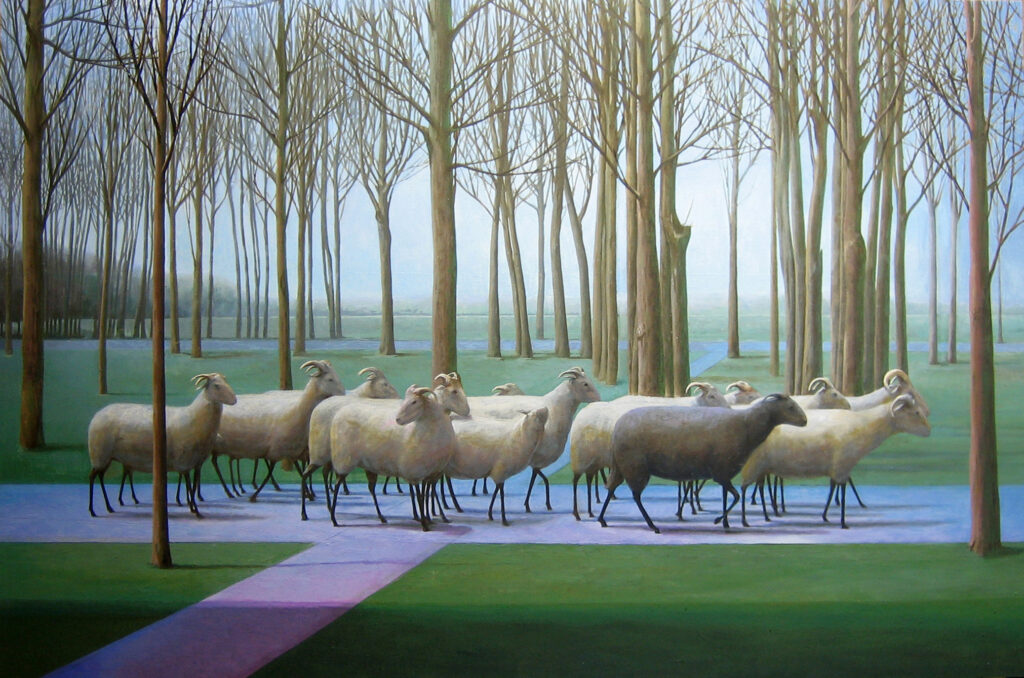
Pillars of sand
Nowadays, in the western world, we notice that religion is replaced by politics and science. No less than 37 political parties participated in the last parliamentary elections in the Netherlands. Thus presenting the image of a vibrant democracy and at the same time hiding the truth about the real structures of power. The aim, like in the old days, is not the welfare of the sheep but the well-being of the shepherds.
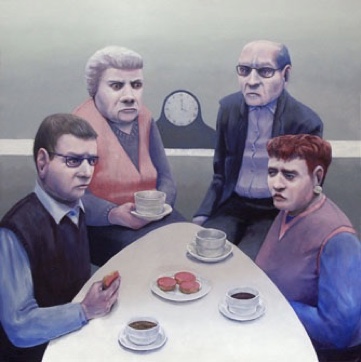
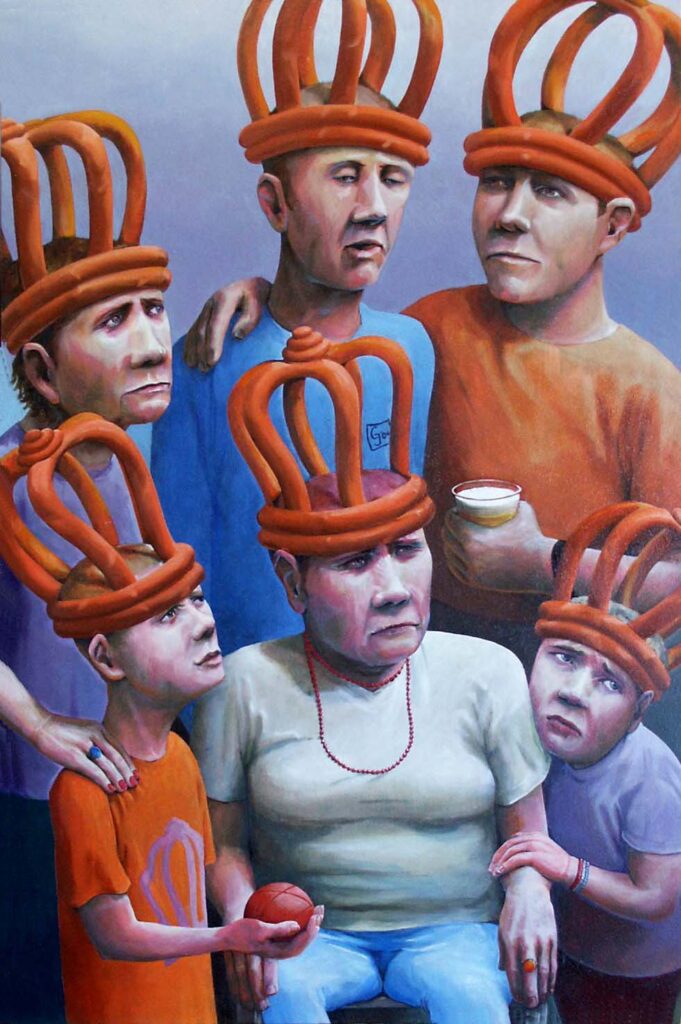
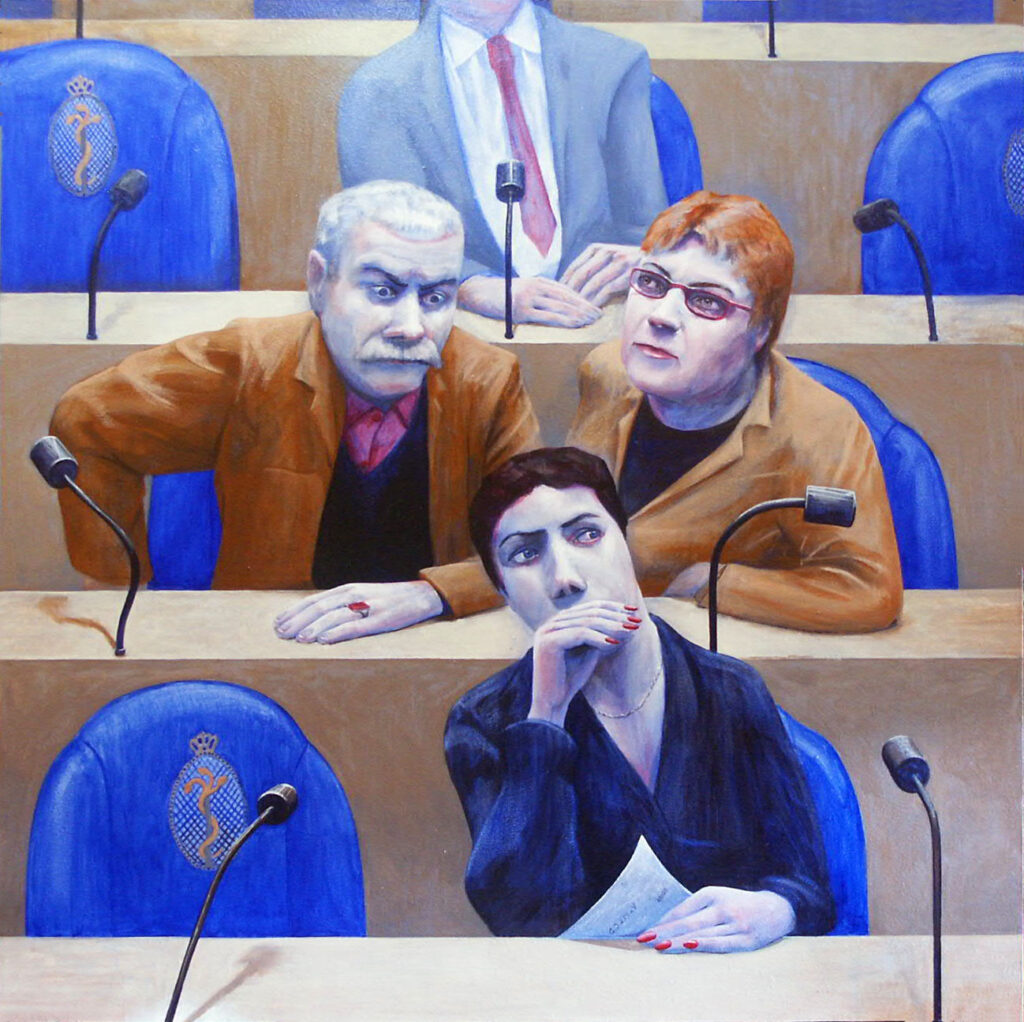
The reality is that the pillar of a permanent state rules this kingdom. About a hundred people from the circles around the royal household rotate the top-official positions. They have united in the office of ABD-Topconsult with a Top-management-group and they are untouchable. They will never have to face justice themselves despite the crimes they have committed.
The parliament has become a nursery and training centre for those who aspire to work for the top. They have the difficult job of being both sheep and shepherd at the same time. They play the Good-Shepherds of their constituency while at the same time they belong to the herd of the house of Orange.
